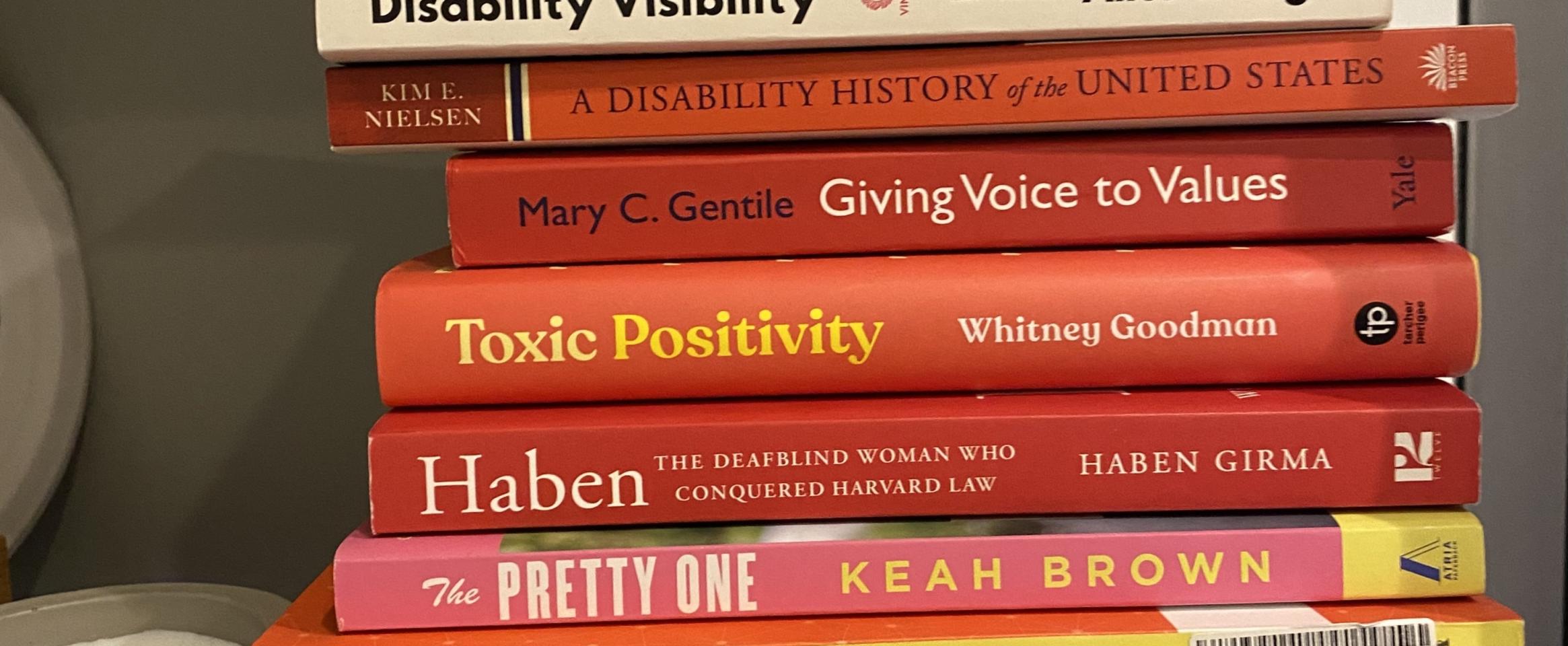
Rebecca Boyle—Our Moon: How Earth's Celestial Companion Transformed the Planet, Guided Evolution, and Made Us Who We Are
Moon dust smells like wet ashes and sticks to everything, Neil Armstrong and Buzz Aldrin found on their 1969 moon landing. They slept with helmets on to avoid breathing it in. In Our Moon: How Earth's Celestial Companion Transformed the Planet, Guided Evolution, and Made Us Who We Are, Rebecca Boyle covers moon science from the moon’s formation up to recent attempts to monetize it as a graveyard.






